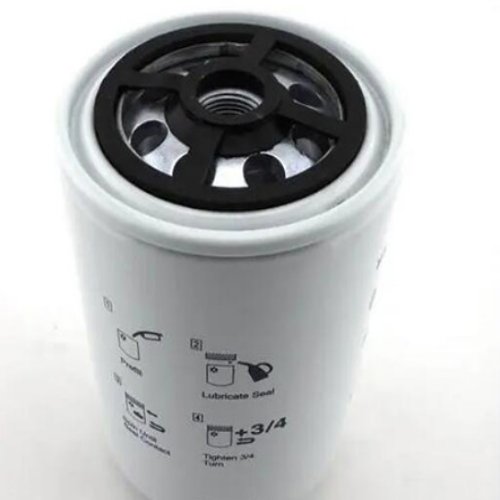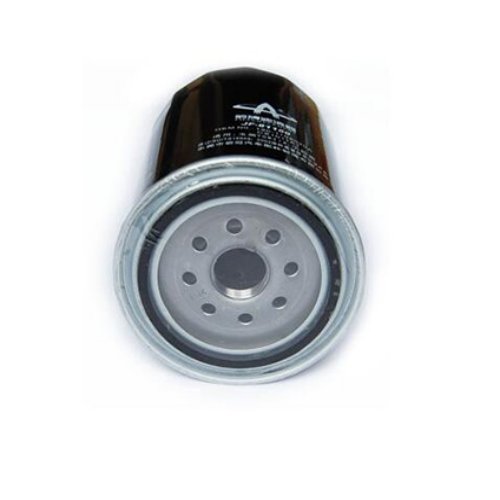Evaluates fluid separation from water after mixing.
WhatsApp : +86 13816217984
Email : info@qinsun-lab.com

Applicable Standards:
(1)ISO/ TS 16332-2006 Diesel engine diesel filters Fuel Water Separation Efficiency Assessment Method.
(2) ISO 4020-2001 Test Methods for Fuel Filters for Road Vehicles - Diesel Engines.
Oil-water separation test apparatus: Oil-water separation test bench (hereinafter referred to as the test bench) mainly refers to ISO/ TS 16332-2006. Measurement of oil-water separation characteristics;
Implementation of ISO4020-2001. Cleanliness test for fuel filters. It shows the main techniques of the test, system pressure, differential pressure of the orifice device, differential pressure of the test piece and medium temperature.
Test items: Fuel filter oil-water separation performance Fuel filter cleanliness test.
Application:
Development of new products.
Comparison of performance data with foreign products.
Product quality control.
Third-party testing and supervisory organizations.
Features:
The test bench can automatically collect the main performance and technical parameters. Flow adjustment is controlled by frequency converter.
The test bench is equipped with various load protections, including hydraulic protection and electrical protection (leakage protection, overload protection, emergency stop).
The shell of the test bench is made of aluminum alloy, the panel is made of stainless steel, the word is made of wax, and the connecting pipeline is made of seamless stainless steel pipe.
Note: The above parameters can be designed and manufactured according to different requirements of customers.
Technical parameters:
Test flow: 60/h ~ 600/h or 30/h ~ 300/h System pressure: 1MPa Temperature;
Room temperature or optional heating and cooling Water flow: (1.5 ~ 200) mL/min Orifice plate: imported or domestic Test oil: 0 # diesel oil test tank: 75L (subject to the final design)
Water tank: 15L (subject to final design)



Qinsun Instruments Co., LTD is a professional laboratory testing instrument manufacturer in China,Have been focusing on laboratory instrument R&D more than 30 years and have rich industry experience,Based on international testing standards,We are also the instrument supplier for BV SGS laboratory,We provide one-stop solutions for lab instruments,Free Training and Turn-Key Service,Products exported all over the world,Offer 36 month warranty and are a trustworthy partner.
Company Phone
+86-21-6420 0566
Working hours
Monday to Friday
Mobile phone:
13816217984
Email:
info@qinsun-lab.com
